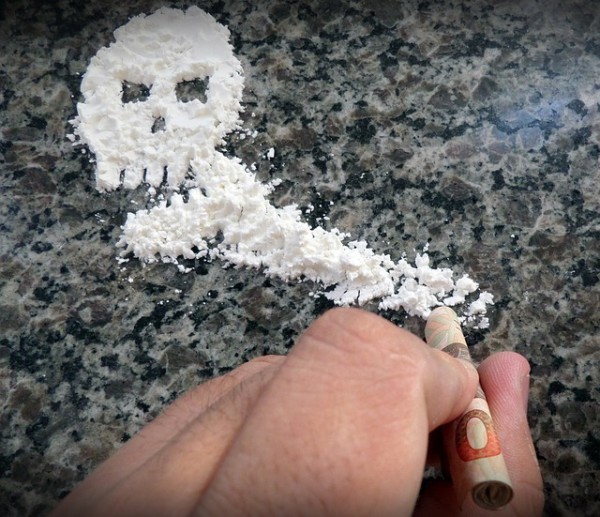Children who are beginning to experiment with drugs and alcohol are not likely to walk up to their parents and tell them what they are doing. Unfortunately, there is also no one question that proves whether or not a child is using drugs or alcohol, either.
Certainly, when it comes to substance abuse among their children, parents are put in an extremely awkward spot. Many don’t want to play the role of the detective in their family, spying on their children or rifling through their possessions for evidence. Parents don’t often subject their children to drug testing, either. But at some point, a parent of a minor need to know what their children are doing when it comes to drugs and alcohol, simply because the younger people are when you start abusing substances, the more likely they are to become addicted.
That’s the bad news. But the good news is that the younger a person is when they try to stop being an addict, the better the chances of success in trying to quit. If you take heroin for a year, for example, you’re in trouble. If you take heroin for 10 years, you are in very, very deep trouble.
Experts now say that they can identify behaviors among children as young as three years old that shows they have a greater chance of becoming addicted to drugs or alcohol. The telltale word is “undercontrolled.” If a three-year old cannot control their behavior or their emotions as well as might be expected, they are more likely to become addicts later in life, said a study of 1,000 people that was undertaken in New Zealand.
There are no surprises in the longer list of traits that appear very early in life that also increase the chances of becoming an addict. In turn, these are:
Depression
After suffering a loss, people become sad. Depression is sadness that lasts for longer than normal or becomes so grave that it effects the person’s functioning.
Mania or Hyperactivity
Mania is a hyper-awareness and hyper-active state. If it persists, it contributes to a lack of sleep and racing thoughts that can lead to psychosis. While a person can appear very much on top of things while manic, it is not uncommon for manic persons to turn to drugs or alcohol to “self-medicate.”
Alienation
It is no secret that alcohol reduces inhibitions. Consequently, people who feel socially alienated often enjoy the magical cure to their alienation that alcohol provides for them.
Emotional avoidance
Teenage years are awkward years for almost everybody. Suspended between childhood and adulthood, teenagers are attempting to learn how to process their emotions like an adult, instead of throwing tantrums, pouting, sulking, or crying to get their needs met. However, while teenagers are trying to be less public about their emotional state, they still need to process (or understand) their emotions. If they avoid them consistently, then they may bottle up a lot of emotional turmoil. In turn, they may use drugs or alcohol to relieve the pent up emotions.
Relationship trouble
One definition of addiction frequently used is “a pathological relationship with a mood-altering substance or behavior.”
With that in mind, if you have a pathological relationship with a substance or a behavior, then all your other relationships also suffer – and may even develop destructive patterns.
Children might offer the most obvious example of this. A young teenager might have relationships in school with all kinds of peers. When they turn to drugs and alcohol, they quickly stop associating with many groups at school, especially with kids who are productive and “straight.” They are apt to avoid interactions with teachers and other adults, as well.
Recovery
There are two basic concepts concerning the path of recovery that do not have to contradict themselves, although they may seem to at first.
The first concept is that early intervention is key to turning around behavior that may turn into addictions or may have already created one. The second concept is that addicts frequently have to “hit bottom” before deciding to put their energy into recovery.
“Hitting bottom” is a different state for everyone, but involves, in simple terms, the realization that continuing with an addiction is more painful than it is worth.
However, when it comes do addictions, outside help is essential. Any child turning to drugs or alcohol has many family issues that need to be addressed, which often means the parents are simply going to exacerbate the problem if they try to help. A rehabilitation clinic, a rehabilitation counselor, a psychologist at the school, a local therapist with experience treating youths or people in recovery, or an addiction treatment center are the best choices for seeking help.
Resources used for this article came from Black Bear Lodge at http://blackbearrehab.com/



